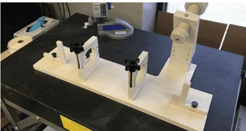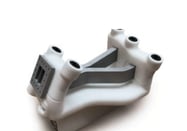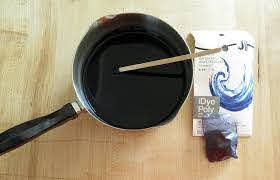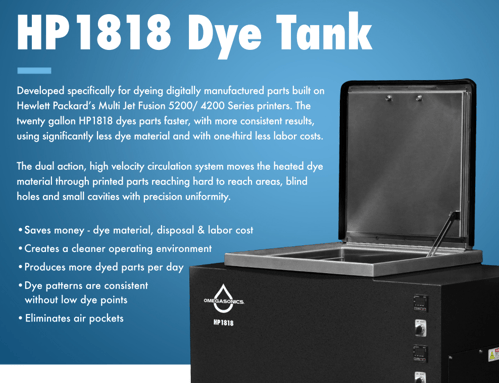What is biocompatibility and how is it relevant to 3D printing?
“Biocompatibility is a general term describing the property of a material being compatible with living tissue. Biocompatible materials do not produce a toxic or immunological response when exposed to the body or bodily fluids. Biocompatible materials are central for use in medical implants and prosthetics to avoid rejection by the body tissue and to support harmonious biological functioning.”
3D printer materials have advanced in the medical field. So much that once what was impossible to imagine is now occurring. 3D printed technologies and materials have developed to the point that they are replacing traditional methods of bone and joint replacements in the human body. Knee replacements are often now printed in metal to replicate the replacement knee (using a scan to print an exact replica of the damaged knee) versus using the traditional method of machining net near shape knee and then working to make it fit. Let’s discuss a few of many applications specifically in the medical field.
Biocompatible materials are used for 3D printing in various medical applications, including dental and orthopedic implants(spinal), drug delivery, hearing aids, tissue, craniomaxillofacial (CMF), dental, veterinary, and prosthesis. Common biocompatible 3D printing materials include polymers, metals, ceramics, composites, and carbon compounds. 3D printing facilitates the easy production of orthopedic implants, dental devices, surgical guides, anatomical models, medical tools, prostheses, and custom enclosures. Taking it one step further and not limited to the printing of organs, bone regeneration, and drug release.
Below I am highlighting some key application use cases with medical 3D printing:
- The applications of Anatomic Models is still highly used in 3D printing and Medical image data is the foundation of highly-accurate, patient-specific anatomic models that can be made in a variety of materials to support patient education and surgical planning.
- A surgical guide is a medical device that is 3D printed based on the DICOM data which is patient specific. It is used for the accurate placement of the implant in the bone structure. It replicates the exact surfaces of the patient’s intraoral situation
- And in today’s Covid 19 environment we are printing PPE devices such as masks, ventilators, swabs, and more...
- For instance, Align Technology produces transparent dental aligners – 17 million per year. With the help of 3D Systems 3D Printing. Most removable orthodontic appliances, including retainers and positioners, are made from plaster reference models; individual teeth on these models can be manually sectioned and repositioned with wax.
- Surgical implants and prosthesis is advancing due to innovations in the biocompatible 3D printing materials market.
If you are in the medical space, are you keeping up with the medical advancements in 3D printing?
Biocompatible 3D printing technology is being increasingly used for tissue regeneration in vascular tissue engineering applications. Players operating in the biocompatible 3D printing materials market use the technology to produce patient-specific devices in the biomedical field. 3D printing serves as a resource for the production of devices and systems in biomaterials, and in the field of tissue engineering.
There are Major Challenges for Biocompatible 3D Printing Materials Market – Why?
Currently, only a few biocompatible materials are widely employed in the healthcare industry. The U.S. FDA (United States Food & Drug Administration) has not yet approved the research in the development of some biocompatible materials. This is restraining the global biocompatible 3d printing materials market.
With 3D printing, the possibility of making health not only accessible but also individually customizable. Each day companies are making exciting discoveries and opening new doors for patients and healthcare professionals alike. The medical world is changing rapidly, and 3D printing will continue to revolutionize the path forward.
Click the link below to read the case study by 3D Systems to see how biocompatible and functional microfluidic components for rapid and portable diagnostics testing were developed. https://www.3dsystems.com/customer-stories/rapid-diagnostics-device-developed-using-figure-4-standalone
Reach out if you want to discuss other case studies or biocompatible solutions.
barb.miller-webb@mastergraphics.com






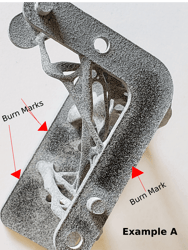
 The cleaned parts are ready for finishing or shipping depending on your or your client's needs. Again, remember the advantage of additive manufacturing is cost-effectiveness and turnaround time.
The cleaned parts are ready for finishing or shipping depending on your or your client's needs. Again, remember the advantage of additive manufacturing is cost-effectiveness and turnaround time. 